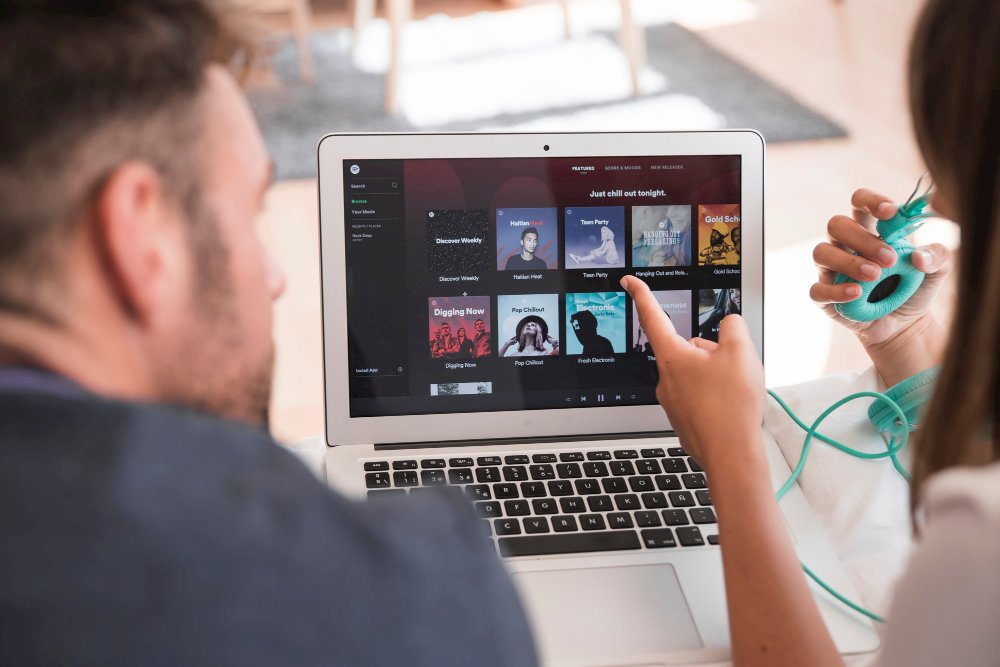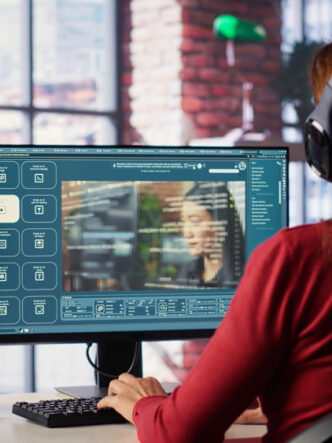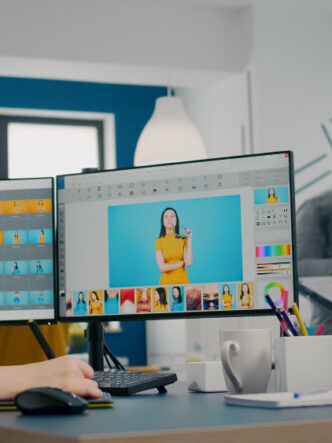If you’re an e-learning designer, online course creator, or training program coordinator you will want to create effective learning journeys that learners can navigate intuitively. Learning occurs best when you deliver content in a logical, step-by-step sequence. E-learning video playlists provide a way to create structured learning paths for individual learners.

The value of structured learning
The fast pace of learning today makes structured learning more important than ever.
Offers consistency
Structured learning provides clarity and consistency to learners. When you give them consistent routines and procedures, it helps them to establish good learning habits and discipline. It reduces anxiety when they know what to expect from a learning session.
Makes time-use optimal
Structured learning sessions make time use more efficient. It maximizes learning within a short time period and learners can take breaks when necessary and know exactly where to continue when they return.
Increases retention
A structured learning path offers a logical flow of learning that improves comprehension and retention.
Supports different learning styles
You can create a structured learning environment (SLE) that is able to support different learning styles. To accommodate diverse learners, you will need to use a variety of materials, activities, and assessments.
Promotes independence
Guided learning with video encourages learners to be independent and responsible for their own learning. As they progress through structured learning tasks, they not only develop more confidence but also pick up certain skills such as time management.
Facilitates assessment and feedback
It is simpler to assess learner progress and offer feedback in a structured learning environment. With clear objectives and benchmarks, you can measure whether learners are meeting their learning goals. This means you can give struggling learners support and offer quick learners more material.
Why video playlists improve learner experience and retention
It’s no secret that video-based learning helps to keep learners engaged. When videos tell stories or offer scenarios to which learners can relate, they immediately become more relevant to them. They can make even abstract concepts easier to grasp. Video content can also suit all kinds of learners, from more auditory to more visual ones.
Video courses for training may consist of many individual modules. You can often best deliver these modules with the use of a playlist. Creating video playlists helps you to use your e-learning videos in a structured way. Using a video hosting platform with customizable video playlist templates makes creating playlists easy. Video playlists can improve learner experiences and retention in many ways.
Enhance learning progression
Well-organized playlists with a structured approach allow learners to follow a logical sequence when learning. They can build knowledge step by step and fully grasp basic concepts before they move on to more difficult content.
Increase accessibility
With organized video playlists, learners can access relevant videos without having to search through irrelevant ones. This helps to save time and make learning more efficient.
Boost motivation
When learners can move through videos in an orderly way, they can see what video is coming up next. This can make them excited to learn more.
Minimize distractions
A video playlist helps to focus learners on a structured learning path, which means it becomes easier to avoid distractions.
On the Cincopa video hosting platform, you can use custom video playlist templates. Setting up video playlists doesn’t require any coding knowledge. You can use a drag-and-drop process that makes them easy to format.
How to organize video playlists
A successful video playlist begins with clear intentions. Ask yourself what you want learners to achieve and this will guide you when creating your video playlists. Don’t overwhelm learners with too many videos in a single playlist.
1. Organize videos by difficulty, topics or roles
Video course sequencing may start off with basic topics and progress on to more advanced material.
You may want to organize your videos by topics. For broader topics you can divide the content into sub-playlists with different themes.
You may want to create playlists that are most relevant for the current positions and tasks of employees. This can increase engagement with training and improve job performance. For example, new marketing hires can access different playlists than new administrative staff.
2. Use descriptive titles rich with keywords
When each video and playlist has a descriptive title using certain keywords, learners are able to find relevant material quickly. It also means video SEO is better so your videos are more discoverable on search engines.
Each playlist should have a good description of the topic it covers. Adding tags and timestamps to the description increases discoverability.
3. Encourage learner engagement with video playlists
If you request comments and discussions below video playlists, it helps to encourage engagement. Video messaging allows you to communicate with learners, answer questions and receive feedback. With their feedback, you can improve and refine your playlists over time.
4. Update your playlists regularly
Educational topics keep evolving and you need to ensure that learners receive accurate information. You can update your playlists by regularly removing old information and adding new content.
5. Keep your playlists secure
Security features such as role-based access controls and end-to-end encryption can keep your video playlists free from unauthorized access. You should be able to decide who can access which content and under which circumstances.

Tips for transitions, intros/outros, and intuitive flow
Transitions
Video playlists can incorporate many different types of videos. This may include live streaming of lessons, on-demand tutorials, quizzes, etc. By offering learners various types of videos in a playlist, it can keep their interest. It’s essential to make the transition between one video and the next in a playlist seamless. This helps to create a cohesive, dynamic flow. Jarring shifts between videos can be distracting and cause learners to lose focus.
Intros/outros
If you want to create intros and outros quickly, you can always use templates and customize them to make them relevant to your learners and content.
A good intro often has a compelling hook, such as a shocking statistic. A transition in the intro will tie your hook to the topic of your video. You can then highlight why learners should watch the video.
When you create your outro, it’s important to add your brand elements and close your video with a simple, clear main point learners can take away. Offer a call to action that tells learners what to do next, whether it’s going to another playlist or downloading an ebook.
Creating intuitive flow
To create intuitive flow in your playlists, you need to maintain the focus of learners. It helps to be consistent and customize your playlists. You can customize the video player, thumbnails, etc., so all the videos come together cohesively to enhance the learning experience. Learners know immediately what to expect.
You must also structure your videos in a way that makes sense for learning. This involves following a step-by-step process or building on previous concepts. Gaps or leaps in learning will interrupt the natural flow of a video playlist.
Tools for playlist creation and LMS integration
A video hosting platform like Cincopa helps you to easily create playlists from templates. You can also easily integrate them with your LMS to help improve course delivery. You can customize the video player and video templates with your own logo and brand colors.
You can use an embed code to display video playlists on your website without having to host the video files. You don’t have to worry about all the technicalities as the platform handles these for you. Cincopa has its own content delivery network (CDN), which means learners can receive high-quality videos from a server closest to them in a network of distributed servers.
On Cincopa, you are able to monitor playlist performance with metrics like watch time and heatmaps, where you can observe learner interactions with videos. Making adjustments based on analytics will improve the overall effectiveness of your video playlists.
Conclusion
Video playlist-based learning helps to improve learning outcomes by guiding the flow of videos. It gives learners more control over the learning path and the pace at which they learn. Cincopa’s video playlist feature helps you to build custom, branded learning journeys. Go to the home page and sign up for a free trial so you can see how it helps you to create and optimize your video playlists for more effective learning.








